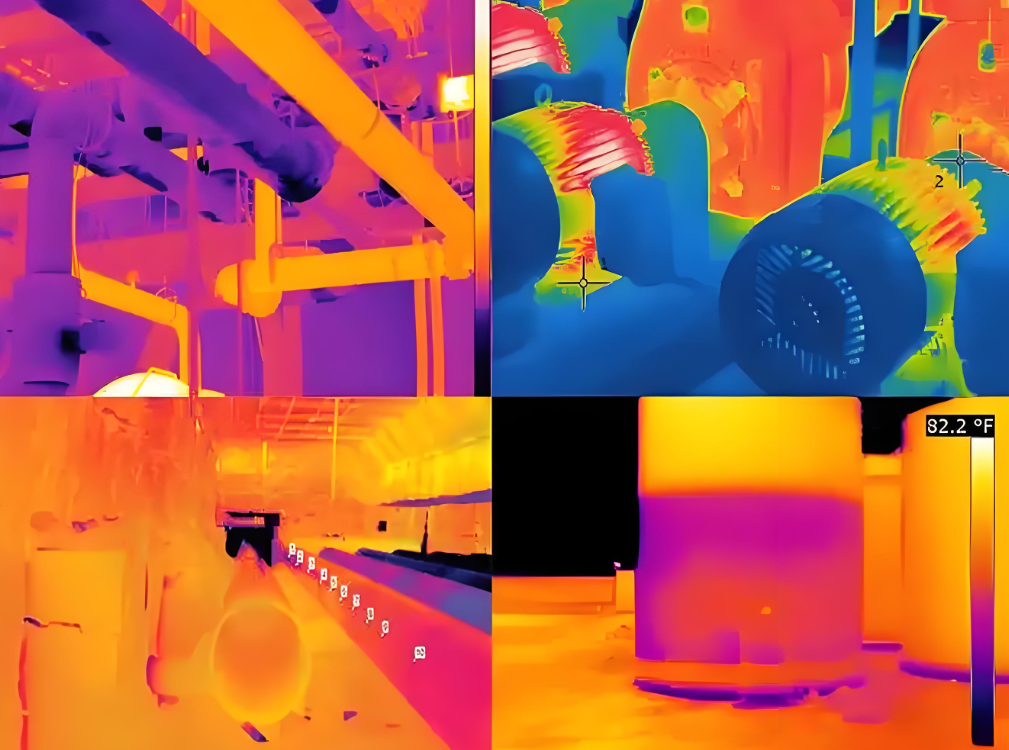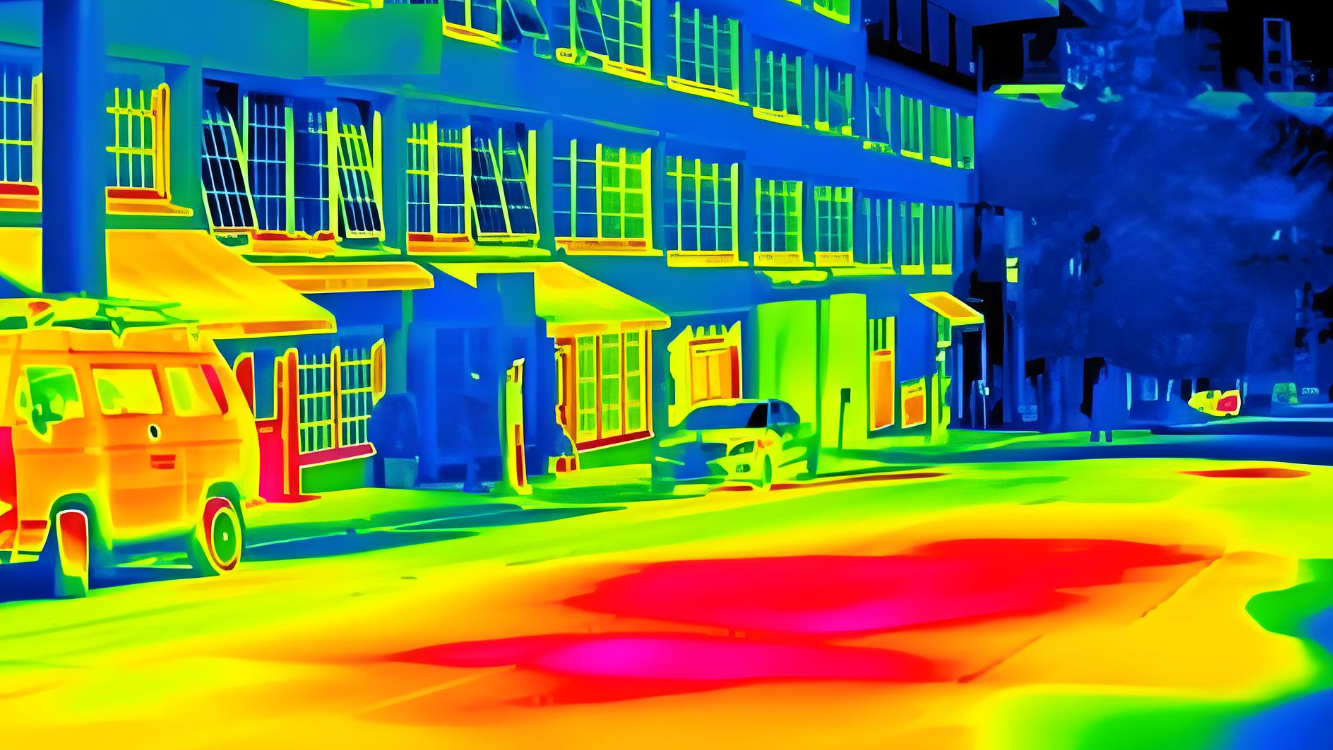Many optical elements and systems need to work with infrared light – sometimes in addition to visible light, but often in the infrared spectrum region only. Some are made as laser line optics for specific wavelengths, while others work in wide wavelength ranges. Particularly for components operated at relatively long wavelengths (mid and far infrared), the term infrared optics is common. Even longer wavelength regions e.g. for terahertz radiation are usually considered to be outside the area of infrared optics.

Infrared optics are required for certain lasers emitting at long wavelengths – for example CO2 lasers working at 10.6 μm. Due to the high power levels, it is essential to reach very low absorption losses of laser optics. Similarly, many optical parametric oscillators and amplifiers emit light at long wavelengths, and this often in relatively broad wavelength regions, so that broadband infrared optics are required.
Infrared imaging and vision applications also rely on infrared optics. Infrared viewers often work only in the near-IR region, while thermography (thermal imaging) needs to be done at rather long wavelengths, unless the temperatures of the observed objects are high. Examples of applications areas are security imaging, machine vision and defense (e.g. guided missiles).

Another important field of application is spectroscopy because many interesting transitions e.g. for identifying trace gases are in the infrared (often in the mid-IR).
Frequently used infrared optical elements include lenses (also achromatic ones), mirrors, beam splitters, prisms, optical filters, optical windows and polarizers. Those may be supplied separately or as parts of more complex optical assemblies.


